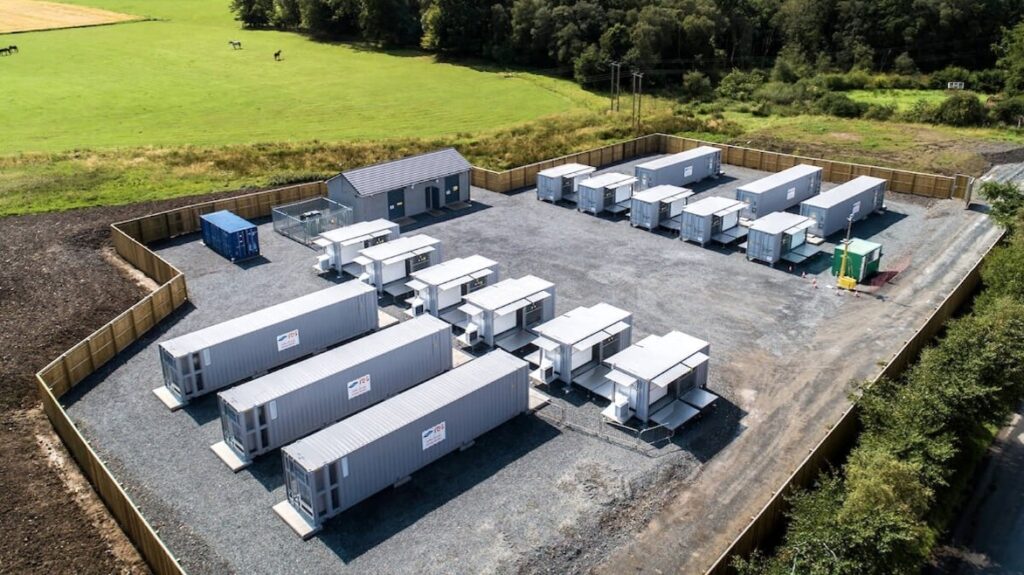Battery energy storage systems are about to fundamentally change distribution grids. The question is no longer if – but how they will be integrated in a way that strengthens grid stability and reliability.
A new player in the grid
Battery energy storage systems have quickly become one of the most talked-about technologies in the energy sector. They are highlighted as the solution to capacity constraints in growing cities, a key to integrating more solar and wind power, and one of the most effective tools for providing support services to the transmission system operator.
They can charge when demand is low, relieve the grid when it is stressed, and even keep local microgrids running during outages. But with these opportunities come new demands: rapid shifts, reduced inertia, and and thousands of smaller units that all need to work together in real time.
This makes batteries both an opportunity and a risk – and the difference comes down to how we monitor, control, and integrate them.

The many roles of batteries – a Swiss army knife for the grid
One of the most fascinating aspects of batteries is their versatility. They can play multiple roles at the same time, and the same system can shift function from one day to the next depending on what the grid needs.
They can act as:
• Capacity resource – the grid’s own powerbank that evens out peaks and delays costly reinforcements.
• Frequency resource – able to react within milliseconds, making them the fastest source of FFR (Fast Frequency Reserve) in Sweden.
• Resilience in the grid – keeping microgrids running during outages, even when the main grid is down.
• Vehicle-to-Grid (V2G) – electric cars that not only charge, but also feed power back. Together they could become a massive flexibility resource in low-voltage networks – but only if coordinated properly.
In short: batteries can be almost anything – but this versatility also makes their impact on the grid harder to predict.
When opportunities become challenges
Integrating battery energy storage systems into distribution grids is more than a technical task. It changes how grids operate in practice – and how DSOs must work. With fast-changing flows, reduced inertia, and new business models, the challenges grow alongside the opportunities.
• Power flows in both directions – effects can reverse within seconds, challenging protection systems and fault detection.
• Fault currents from unexpected sources – local batteries can contribute to fault currents and complicate relay protection.
• Power quality at risk – hundreds of inverters together can create harmonics, supraharmonics, and voltage flicker.
• Inertia is reduced – synchronous machines are replaced by inverters that must be programmed to mimic grid stability.
• Market and grid logic collide – aggregators optimize for short-term revenue, while DSOs plan for long-term stability.
This is where monitoring becomes the common denominator. With real-time data, DSOs and flexibility actors can bridge the knowledge gap, coordinate resources, and ensure that batteries strengthen the grid instead of weakening it.
Monitoring is key to the transition
Battery energy storage systems are here to stay, and they will play a crucial role in the future power system. But for them to become an asset rather than a risk, greater visibility and measurement are needed. With real-time monitoring, DSOs can understand how batteries impact the grid, detect issues early, and keep the system stable.
Monitoring is therefore not a “nice-to-have”, but the foundation that ensures battery energy storage systems contribute to both stability and safety in the ongoing energy transition.